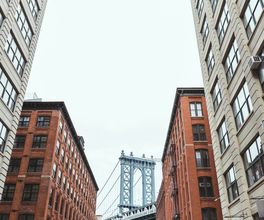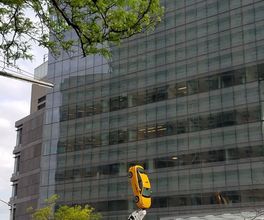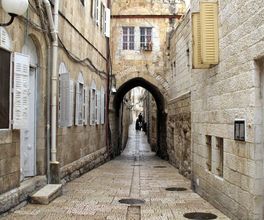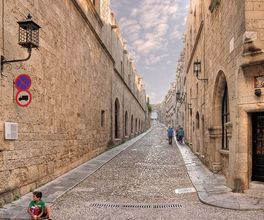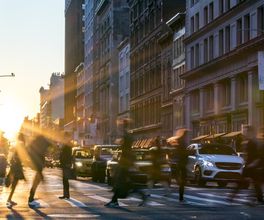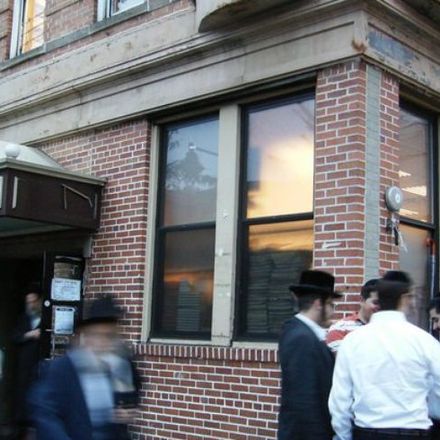


About this experience
Mention of ultra-Orthodox Jews might associate for many of you with places like Bnei Brak or the Jerusalem district of Mea Shearim. However, such communities exist not only in Israel. I will introduce you to the life of the most authentic members of the world's largest Jewish community - the New York Hasidim.
New York's Jewish population exceeds a million - more than in any other single city, including Jerusalem. A significant part of New York's Jewish population is made up of the Orthodox community, of which I have been a member to some extent for many years. I will introduce you to Borough Park and Williamsburg - two Brooklyn neighborhoods predominantly populated by Hasidim, and tell you about the daily life and customs of these people.
About Hasidim
The world of Orthodox Judaism is also quite diverse. For those distant from Judaism, perhaps the most mysterious are those who wear long sidecurls, beard, long coat, and pants tucked into socks (and on Saturdays and holidays, a wide fur hat), and speak to each other in Yiddish, which they often master better than English. People unfamiliar with Judaism call them ultra-Orthodox. I prefer to use a more respectful term used by them - Hasidim. This name unites the followers of the teachings of Rabbi Israel Baal Shem Tov, who lived in Ukraine in the 18th century. The Hasidic movement is also subdivided into groups (known as courts). Each court is led by its own Rebbe, a spiritual guide. Hasidic courts usually bear the geographic names of the towns from which they originated.
Unlike Mea Shearim, in Hasidic neighborhoods of New York, there is almost no confrontation between 'their own' and 'outsiders'. Perhaps this is because, firstly, Hasidim do not make up 100% of the population in any of these neighborhoods. Secondly, Jews in America (and in any other country outside of Israel) do not seek to impose their order on the non-Jewish majority, as it is unacceptable from the viewpoint of Judaism.
Program
- Our walk will start from 13th Avenue - the main shopping street of Borough Park. In addition to numerous shops and kosher cafes (where we can have a kosher breakfast), 13th Avenue is home to one of the most visited synagogues in New York, known as 'Shomrei Shabbes' - one of the few where prayers almost never cease, with a short night break for a few hours. How is this possible? I will try to explain this by talking about the rules of Jewish prayer.
- Here, just a five-minute walk away, is one of the world's largest Judaica stores, i.e. Jewish religious items. Here, almost all attributes of everyday Jewish life are presented. I will tell you in detail about the purpose of each of them.
- Then we will head to the hat shop, more precisely - men's hat shop, or more precisely - hats. Although Jewish law does not require men to wear a hat per se, it has become a prominent feature of Jewish Orthodox dress code. Furthermore, by the style of the hat, you can distinguish Hasidim from other Orthodox Jews. The store staff will be happy to explain these differences to you.
- One of the most famous products of national Jewish cuisine is matzo, flat unleavened bread that is traditionally eaten during the Passover holiday. There are several handmade matzo bakeries in New York. I will show you one of these bakeries and explain why the matzo baking process requires special discipline from all participants. If your visit is in winter or early spring when the bakeries are open, we may even try to glimpse the process ourselves.
- From Borough Park to Williamsburg, we will ride on a unique bus. It's not the bus itself that is unique, but the transit culture within it. Outsiders' attitudes towards this transit culture are ambiguous. In any case, you probably haven't seen anything like it, so you won't be indifferent. However, I won't reveal all the cards now. When we meet - you'll see everything yourself. Keep in mind that subway cards are not accepted on these buses, so have cash ready ($3.25 as of 2015).
- Williamsburg is home to members of the Satmar Hasidic court. Satmar Hasidim are more isolated than others. I will explain how and why this is the case. Hasidic neighborhoods look different during the Jewish holiday season. But even on the most ordinary days of the year, visiting these neighborhoods will be interesting for those of you who have never been to such places.
